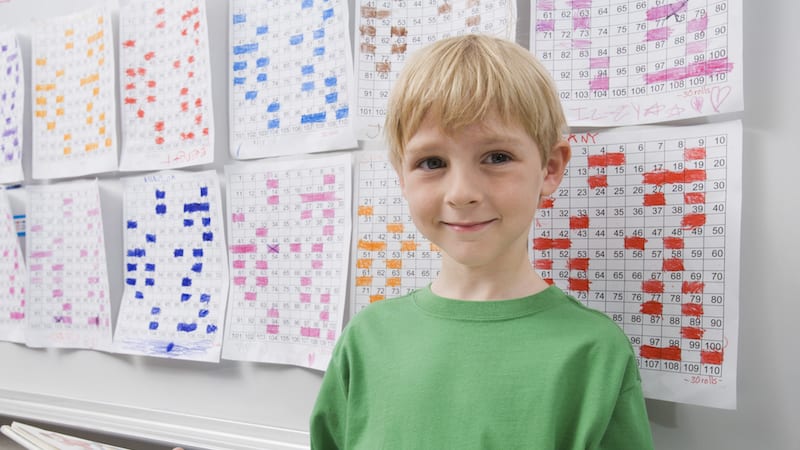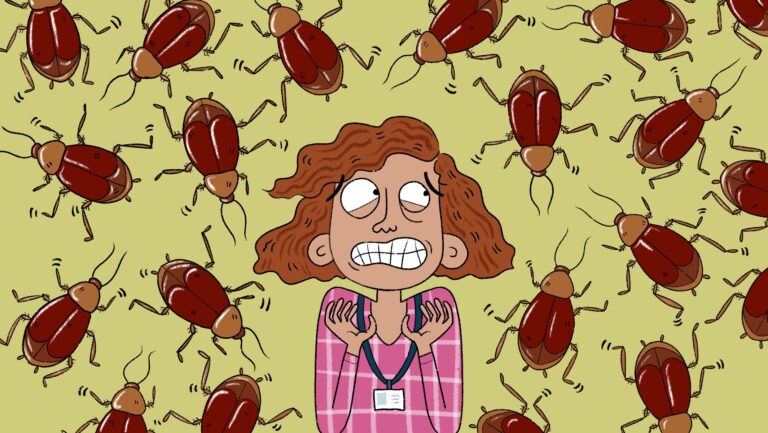It was the cute Pinterest appeal of the bright, laminated chart that got me. You know, the one where a child gets assigned a color—green, yellow or red—based on their behavior. We took each student’s picture and made a little paper “person” who would move up or down on the board. As a relatively new teacher, I was excited to try this idea when it was suggested by a mentor, but it didn’t exactly turn out as planned.
Although the behavior chart was cute, the result of the behavior chart was anything but. In fact, using it was a huge mistake. Here’s why:
1. It was disruptive to instruction.
In order to use the color chart, I needed to point out each behavior at least semi-publicly. Some days, we would stop class every few minutes while kids moved their names on the chart. It was especially distracting for the more well-behaved kids with perfectionist tendencies who spent so much mental energy making sure that their behavior was perfect. This left them little energy to focus on what was being taught.
2. It pointed out negative behavior but didn’t change it.
The negative behavior didn’t change, so what was the point? If anything, it gave the negative behavior an audience, which research demonstrates will just increase it.
3. It created an external focus instead of an internal focus.
Pointing out a behavior publicly and giving students a color “grade” led students to have an external focus. They started “performing” so that I would notice and move them up on the chart. It seemed I was creating students who were always looking outward for approval, which over the long-term is damaging to their internal motivation and ability to regulate their own behavior when the teacher is not present.
4. It created a hostile classroom environment.
There was no unity in my classroom. The children with consistent positive behavior were resented by their peers. For the children who struggled with behavior, I worried that pointing out questionable choices in a public way caused them to incorporate being a “bad kid” into the identities they were forming each day. This would actually make behavior issues worse.
5. It shamed students into behaving.
True learning requires that a student feel comfortable asking questions and taking the risk of making a mistake. My experience taught me that color charts that shame students into behaving are an easy way out. It may look like they are working and learning, but shame not only diminishes the behavior, it also diminishes the child’s self-worth.
For all the above reasons, I decided to get rid of the color chart in my classroom. But I still needed something, so instead, I try to abide by these three rules:
- I clearly post rules, consequences and rewards. Together, the students and I created rules. I asked them, “What rules do you think we need to make this a safe and successful classroom where everyone feels happy to come to school?” Students made suggestions that I would modify, and these were posted in a prominent location. We also came up with a list of consequences for unacceptable behavior that was posted next to the rules. Near the consequences we listed student suggestions for rewards for good behavior.
- I focus on the behavior I want to see. If a student was doing something honorable: helping, being kind, working hard or being a leader; they put a marble in a jar. When the jar was filled, I choose a reward from the list. Students could recognize other students for positive behavior too. I found that the more I focused on and called attention to good behavior, the more good behavior I got from my students.
- I use individual charts for students who need it. I decided to incorporate a private behavior chart for my students with behavior, attention or social skills goals. I wrote goals on a paper that they would carry in their binder or planner. The goals were different depending on the student. Both the student and I would rate their performance: 1–5 (for younger students I would use faces instead of numbers). Then I met with the students individually to discuss their behavior daily or weekly. The students received rewards or consequences based on their behavior.
Do you use a behavior chart? Why or why not? Share your thoughts.

